COHF 002: Returning An 18yo Male Athlete back to performance after a knee injury.
Podcast: Play in new window | Download | Embed
Subscribe: Apple Podcasts | RSS | More
In todays episode we discuss a case of an athlete with a recent knee injury and the rehab strategies for returning that athlete back to performance. Let’s take a look at the specifics and see what the council has to say.
Case Presentation: Returning An 18yo Male Athlete back to performance after a knee injury that involved surgery of the ACL.
The knee is one of the most frequently injured joints in physical activity including intra-articular fractures, ligamentous ruptures, and meniscal and articular cartilage lesions, are commonplace within sports. How would you work with this athlete from the different available strategies to help return this athlete back to activity.
Let’s Hear From The Council!
David Fleming
Most of these athletes will generally come to David after the surgery when they have persistence pain when they shouldn’t. He would want to help get the patient out of pain first and then dive deep into the actual problem. A few tips would be to check the quality of the skin around where the surgery was performed. Include some visual motor drills to fire brain stimulation while performing the needed movement. Would move from isometric to concentric to plyometric movements and contractions. Martial art movements are great for this strategy.
Jeff Frame
Usually from a biomechanist view point it is viewed by the numbers, after they have been cleared by their physical therapist. Jeff talks about the timing of the rehab isn’t as important as the athlete being ready. There is a mental aspect to this as well as a physical aspect. Allow the athlete to see in real time their 3D kinematics to allow them to see from a mental capacity that they are ready to be back. Need to re assess their landing mechanics as a majority of athletes are not landing correctly. Of course we wouldn’t want to forget about the hip or ankle as we progress through the rehabilitation.
Stephen King
Stephen explains it is 15 times greater to have to redo a knee surgery, so we want to get it right the first time. The good news is that 85% return to sport after an ACL injury, but it can take a bit of time to rehabilitate. It is important to set goals with the athlete, and do a needs analysis. He would like to compare their sports analysis with the actual data presented with the athlete and the time available for the rehabilitation. Would like to look at the functional movement patterns, balance, speed, and agility, then consider the central affects from the brain as well. Really enjoys the information provided from a force plate analysis.
Dr. Brandon Brock
Dr. Brandon likes to maintain the respect for the surgeon and ensure they start with the correct motions. Dr. Brandon describes how quickly immobilization can influence movement patterns in the brain. This then can lead to another injury through out the body. To improve the speed of recovery is looking at stem cell injections into the tissue to increase the rate of healing. He wants to re-afferentate the brain through mirror imaging techniques, and getting them up and moving properly. Even using visualization can help stimulate the brain to return correct movement patterns. Objective to get good movement and balance with symmetry in movement and brain through the whole leg, ankle, knee and hip.
Dr. Emily Splichal
Dr. Emily says anytime there is a knee issue we want to look at the foot and the hip to rule out any issues in these joints. She likes to use foot resequencing to reactivate the foot. The foot is the only body part that contacts the ground. Short Foot activities are great for fascial stimulating of the foot to the core. Proper foot mobility is a definite, that should be checked. Dr. Emily prefers proprioceptive training from the ground up through small nerve proprioceptive training. Fascial tensioning techniques are great to help with this as well. Wouldn’t want to go straight into closed chain techniques with shoes first.
Jessica Sears
Jessica would most often see the athlete in a sub acute or immediately before returning to sport. She would be focusing on the direct musculature related to the lower limb. Her focus would be on the adhesions and hypertonicity presentation at the time. The first treatments are going to be within the pain threshold. Often times communication with the other therapists that are working with the client is fundamental to giving the athlete the best care. Where she sees her most beneficial active role is when the athlete is returning back to the sport, with the goal of relieving the pain and irritation allowing him to successfully return to play pain free.
Let’s Here The COHF Summary from the President of the Council.
Dr. Mark Wade
Looking at the lower leg, while staying in the pain threshold. Don’t rule out collaboration with other professionals. Look at all aspects of the knee, ensuring to relieve the pain and tension. Perpetual motion with technology would be good. Do not want the patients to be immobile for too long. Mirror imaging techniques would be great as well. It can take up to 12 months to rehab a knee, and not try to push too fast. Don’t rule out other issues that may be compensating from this injury. Foot activation such as short foot would be great to initiate a return to activity. Also using devices such as the JBIT Medpro to help retrain proper movement and add resistance into the training process.
Todays Sponsor: Functional Movement Group
The Functional Movement Group is the home of cutting edge movement assessment and rehabilitation courses based around their revolutionary Movement Assessment Tool that brings objectivity and the ability to measure all 3-dimensions of movement to your practice. For the next week, take advantage of 25% off a brand new Movement Assessment Tool. Visit functionalmovementgroup.com and insert the discount code: COUNCIL
Links:
Get our Free Resource Guide on the Following:
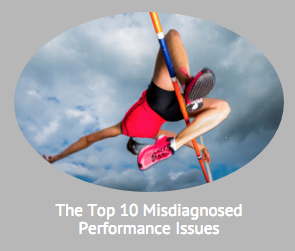
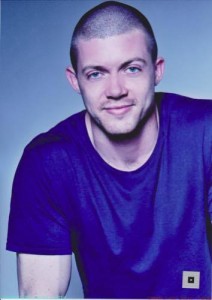

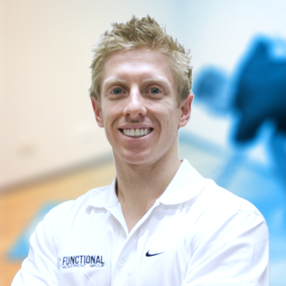


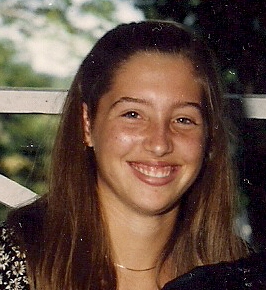
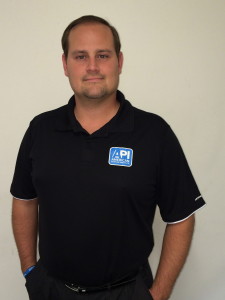

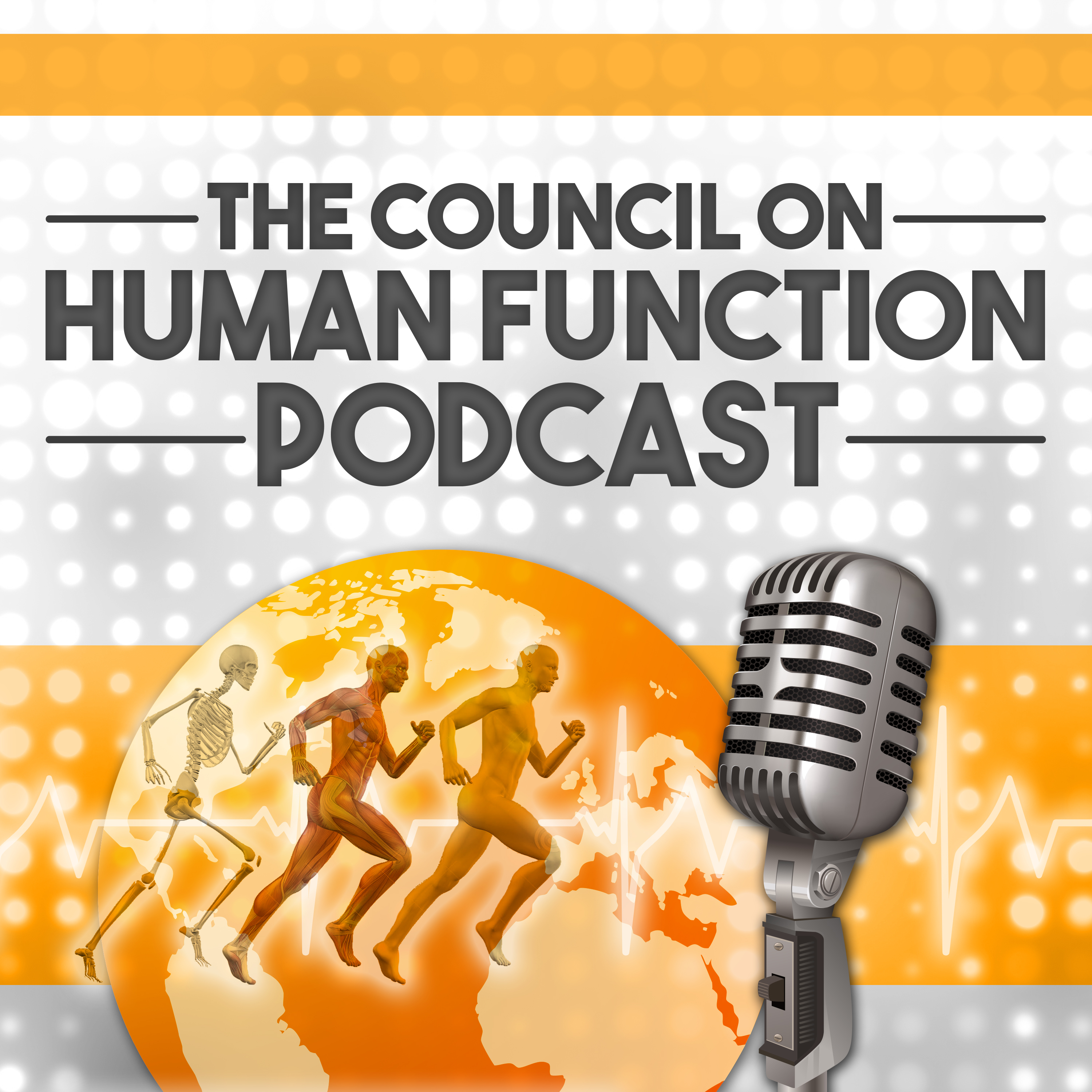

 COHF 003: Professional golfer presents with sharp localized lower back pain
COHF 003: Professional golfer presents with sharp localized lower back pain